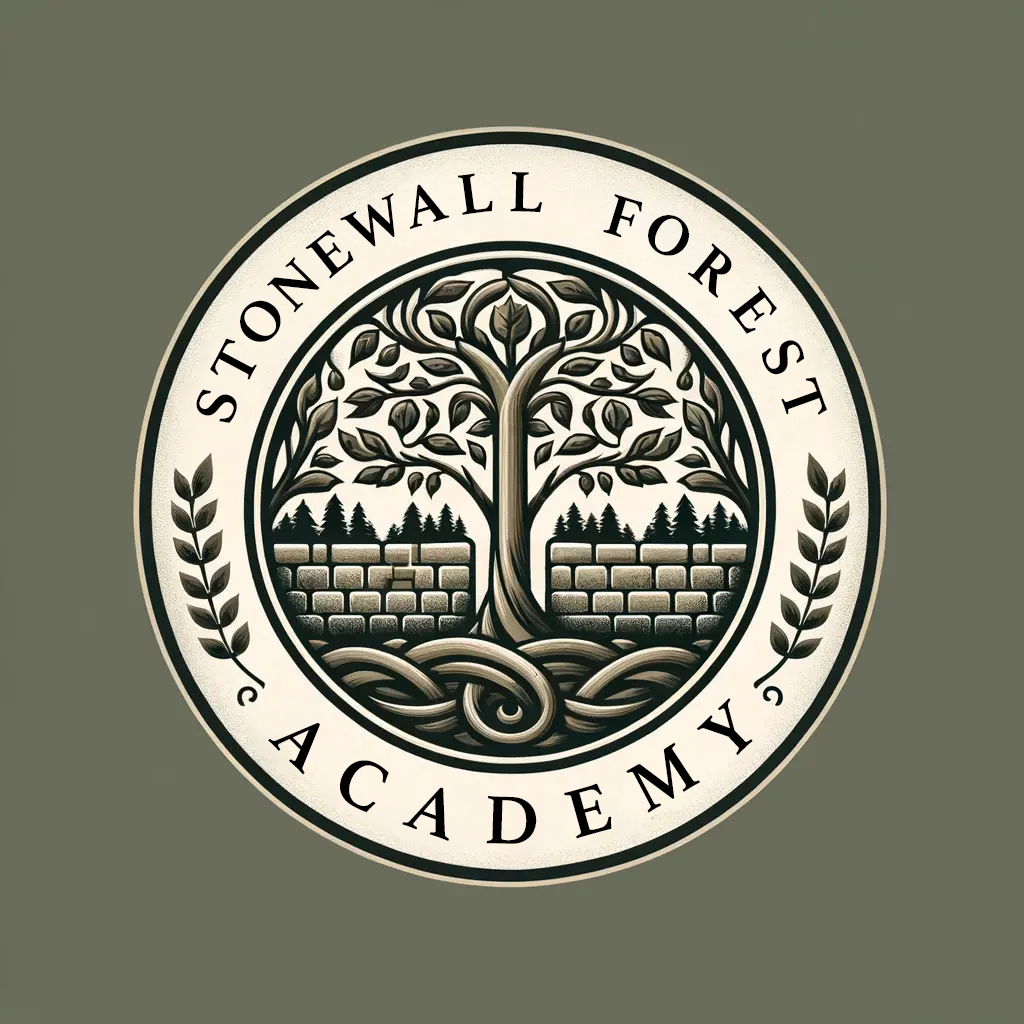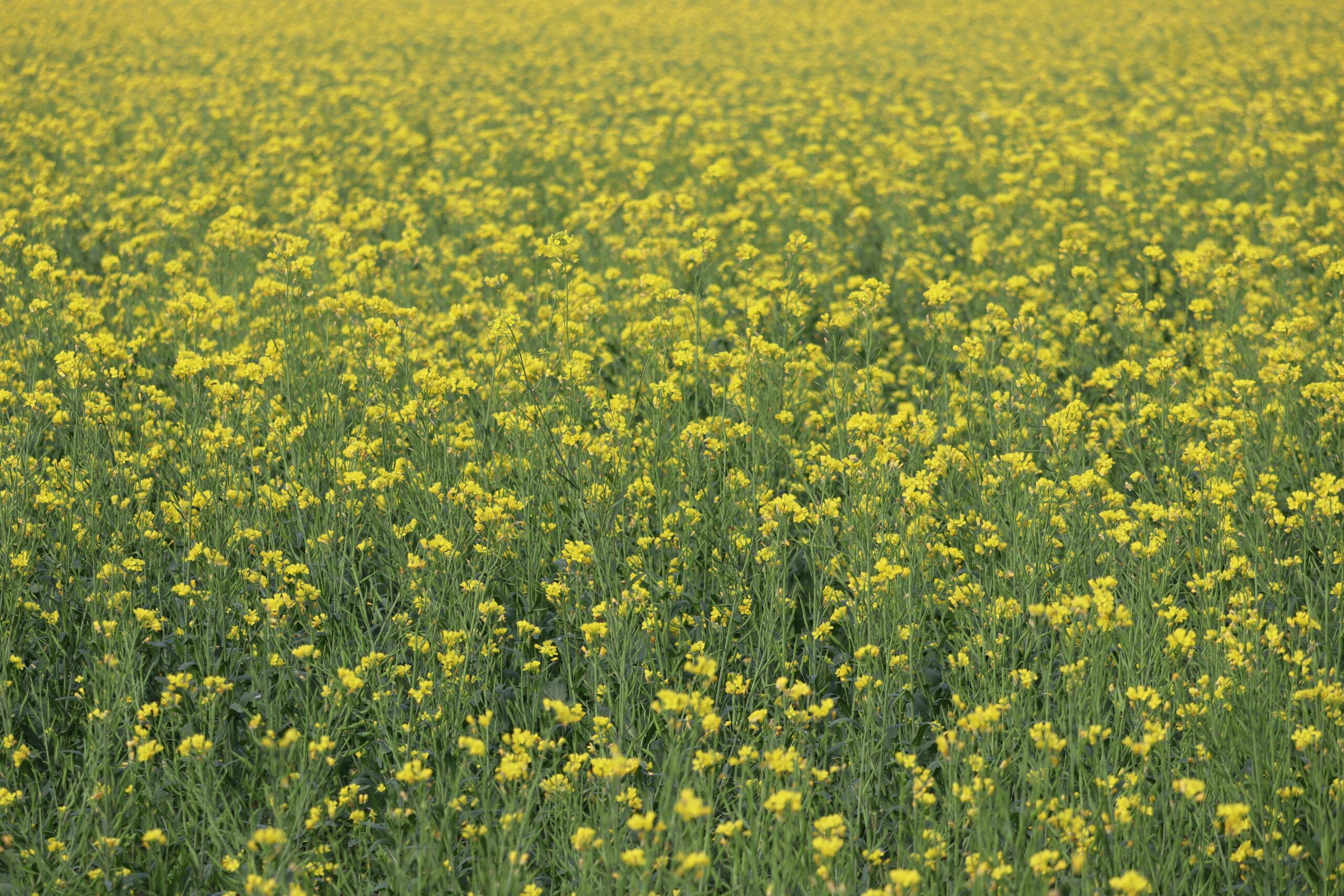At Stonewall Forest Academy, we love teaching children to recognize the wild plants growing right in their own backyard—and Field Mustard is one of spring’s brightest and most fascinating herbs.
What Is Field Mustard?
Field Mustard (Brassica rapa) is a wild plant that blooms in early spring with tall green stems and clusters of small, bright yellow flowers. It often grows in fields, meadows, and along roadsides.
It may look like a simple weed, but it’s actually part of the same family as cabbage, broccoli, kale, and turnips!
Why Kids Should Learn About It
Learning to identify Field Mustard introduces kids to the incredible world of plant families and food origins. It shows how wild plants were once cultivated into the vegetables we eat today. Plus, it’s a safe, accessible plant to observe during spring walks.
How to Identify Field Mustard
Here are some easy ways kids can recognize it:
- Four yellow petals forming a cross shape
- Long, slender green stems
- Rough, sometimes hairy leaves
- Grows in clusters in sunny, open areas
Is It Edible?
Yes—for humans! The young leaves, flowers, and seed pods are edible and have a mild, peppery flavor. Field Mustard is high in vitamins A, C, and K.
🚫 Not safe for pets—keep it out of reach of curious dogs and cats.
Free Learning Tools
We’ve created printable Wild Herb Flash Cards and a Field Mustard Fact Sheet & Activity to help families and homeschoolers explore Field Mustard and other common spring herbs in a fun, hands-on way.
🌿 Download 9 Herb Flash Cards & Scavenger Hunt
🕵️♀️ Field Mustard Fact Sheet & Activity PDF
Whether you’re walking through your backyard, a local trail, or just exploring pictures in a book, Field Mustard is a great plant to start your wild herb education.


